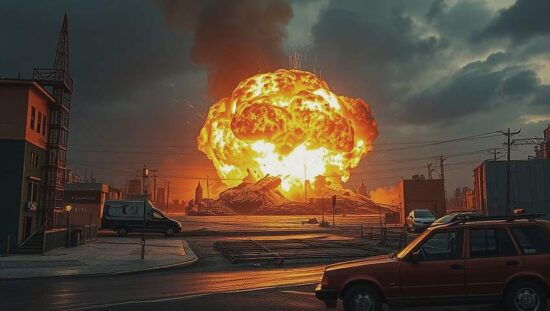Chinese researchers reportedly successfully tested a non-nuclear hydrogen bomb that produced a continuous fireball and was far more powerful than traditional explosives. According to a study by the researchers, published in the Chinese-language Journal for Guns, Rockets and Guidance in March, a research group from CSSC’s Institute 705 – one of the key players in underwater weapons systems – developed a two-kilogram bomb primarily made of magnesium hydride, with conventional explosives serving as catalysts. In a field test, the device produced a fireball with a temperature exceeding 1,000 degrees Celsius, lasting longer than two seconds, which is 15 times longer than what a “comparable TNT explosion” could produce. Magnesium hydride, originally developed as an efficient fuel, releases the bound hydrogen quickly, leading to a sustained inferno. The destructive power of this new invention lies less in the explosion’s shockwave but in its ability to generate extreme heat. According to Wang Xuefeng, a researcher affiliated with CSSC quoted by the South China Morning Post, the properties of the substance also allow for “precise control over the intensity of the explosion, enabling uniform destruction of targets over a large area.” When fully developed, this method could potentially produce a weapon similar to a thermobaric one, ideal for destroying defensive structures and armored vehicles. While the production of magnesium hydride has so far been limited and complex, China recently developed a cheaper and safer manufacturing method and established a facility capable of producing 150 tons of the chemical compound annually.





